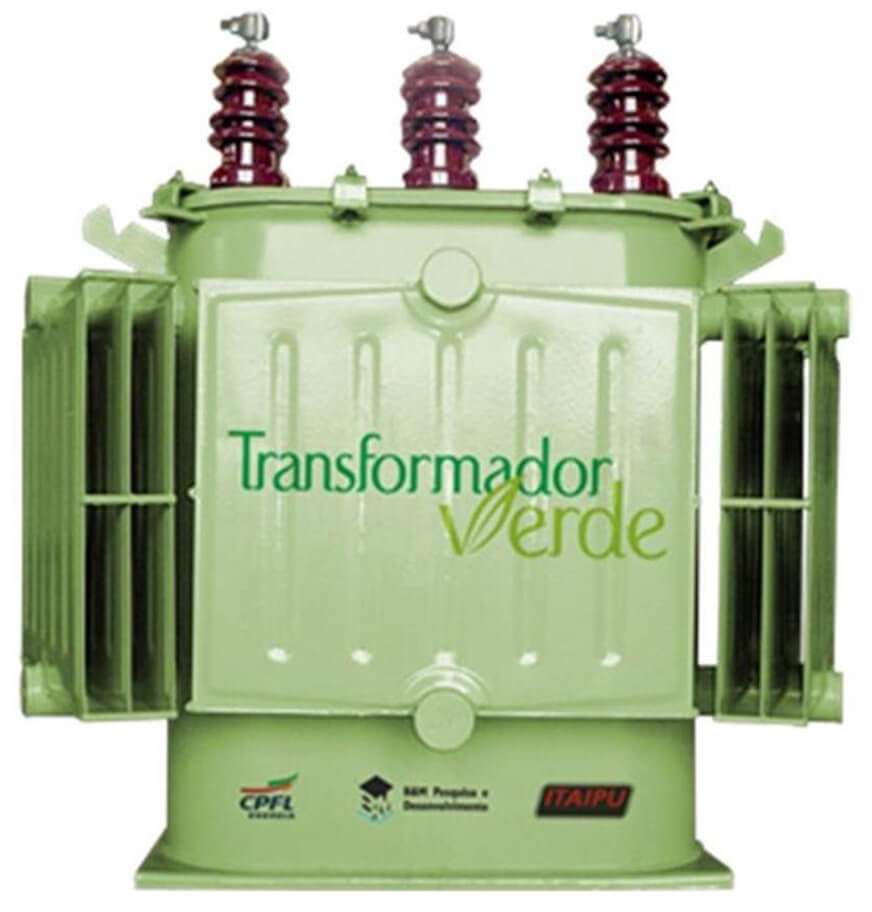Flexible load capacity
Power demand fluctuates—seasonally and in other predictable patterns, or entirely unexpectedly. If your power and distribution transformer oil is mineral oil, you’re not as flexible or efficient as you could, and should, be. Using FR3 fluid can solve that.
The flexible load capacity of FR3-fluid-filled transformers can help you meet fluctuating power demands. Get FR3 fluid details.
Optimizing for both performance and efficiency
The results you’d like to see in your transformer fleets—extended asset life, reduced maintenance, minimized or eliminated failure rates, and better system efficiency, as well as cost savings and providing your communities with increased service quality and power availability—can be challenging to achieve all at once. Using mineral oil as your power and distribution transformer oil makes the possibility of seeing optimal results even less likely.
International standards were initially written to specify the design of mineral-oil-filled transformers. They accommodated a 95°C hot-spot temperature and 55°C average winding rise (AWR) for solid insulation systems using standard cellulose (neutral Kraft), and a 110°C hot-spot temperature and 65°C AWR for solid insulation systems using thermally upgraded Kraft (TUK) paper, to achieve transformer unit life expectancy (defined as 20.55 years by the IEEE loading guide (IEEE C57.91)). The accepted thermal class of neutral Kraft paper immersed in mineral oil is 105, and the thermal class of thermally upgraded Kraft (TUK) paper immersed in mineral oil is 120.
Mineral-oil-filled transformers have relevant limitations to withstand short- and long-term overloading conditions.1 Exceeding top oil limits (< 110°C) poses the risk of accelerated thermal degradation, along with the associated quick darkening of the oil and the formation of sludge. Furthermore, at such temperatures, mineral oil is unable to absorb the moisture (water) migrating out of the insulation paper at a rate equivalent to the water’s migration, causing “bubbling” (with microbubbles in the fluid), with the risk of dielectric failure.
Over time, running mineral-oil-filled transformers at high temperatures accelerates the aging of the insulation paper, shortening the life of the transformer and reducing overall transformer reliability. Read more about the effects of mineral oil’s relatively low saturation point and poor moisture tolerance, compared to FR3 fluid.
FR3 fluid flexible load capacity facts
Increased power demand due to ever-increasing populations, the electrification of transportation (e.g., the increased use of electric vehicles), and other factors have driven the need for industry and market innovations. FR3 fluid—used to define the international IEE, ASTM, and IEC standards for natural ester dielectric fluid—is one such innovation that continues to lead the evolution of the power industry.
Currently, high temperature insulation system standards IEC 6007-14 and IEEE C57.154 accommodate a 15°C or 20°C increase in hot-spot temperature in transformers filled with FR3 fluid and using neutral or thermally upgraded Kraft (TUK) paper (respectively). Neutral paper and TUK paper immersed in FR3 fluid can be reclassified as thermal class 120 and 140 (respectively).
The higher permissible hot spots and higher insulation-paper thermal classes allow for up to a 20% increase in transformer load capacity, and a transformer filled with FR3 fluid can run at these higher temperatures without sacrificing the life or the reliability of the transformer.2
Leverage higher thermal capability
The high temperature insulation capability of non-free-breathing transformers filled with FR3 fluid offers you the flexibility to increase load capacity up to 20%, extend asset life, or use a combination of both of these benefits to better optimize transformer performance. When using FR3 fluid and thermally upgraded Kraft (TUK paper), or when using a transformer designed to use FR3 fluid, the increased load capacity can be even higher.
Explore the relationship between hot spot temperature and asset life for both FR3 fluid and mineral oil, and discover the advantages of FR3 fluid.
What this all means
FR3 fluid is a superior insulating liquid for power and distribution transformers, providing flexible load capability without sacrificing asset life or reliability. Using FR3 fluid as your power or distribution transformer oil helps you:
- Optimize transformer performance in both retrofills and new designs.
- Extend asset life and defer replacement costs, while potentially reducing long-term capital expenditures.
- Increase grid reliability and decrease the risk of transformer failure.
- Eliminate transformer sizes from your inventory for easier inventory management.
Find out how using FR3 fluid positively effects total cost of ownership.


Proven in the field
In a real-word test of FR3 fluid in extreme overload situations in Brazil, two mineral-oil-filled pole-mounted distribution transformers (112.5 kVA) were replaced by two FR3-fluid-filled distribution transformers (originally sized for and rerated to 88 kVA at higher temperature rise limits). In well over a decade of continuous operation and with loading demand reaching peak demand of 123 kVA, there were no instances of premature failure. More remarkably, there was very low overall transformer degradation; the only property exceeding the limits of “new unused fluid” was acidity, due to the hydrolysis reaction.
Learn more about this and other real-world validations by contacting us.
Brazil R&D Project Transforms the Future
Learn how years of real-world research resulted in an innovative compact transformer for Brazil’s CPFL Energia.
Tamini Continuous Load Capacity Case Study (PDF)
Read how Cargill and Tamimi helped Italy’s Terna better handle demand fluctuations.
FR3® Dielectric Fluid Data Sheet
Get technical details about FR3 fluid, including functional specifications.
1. For standards, see IEEE C57.91-2011, IEEE Guide for Loading Miner-Oil-Immersed and Ste-Voltage Regulators.
2. See IEEE C57.154 Standard for the Design, Testing, and Application of Liquid-Immersed Distribution, Power, and Regulating Transformers Using High-Temperature Insulation Systems and Operating at Elevated Temperature, October 20, 1012.
The products and services described on this website may not be available in all jurisdictions or to all persons.
